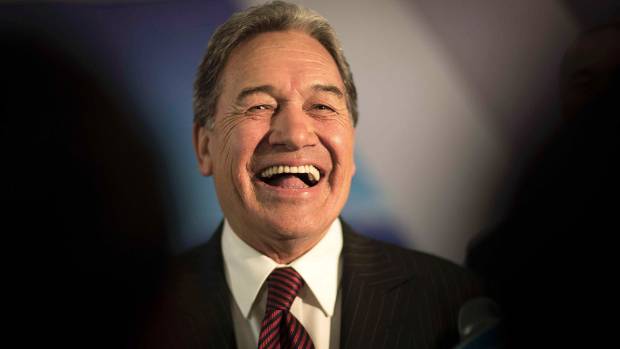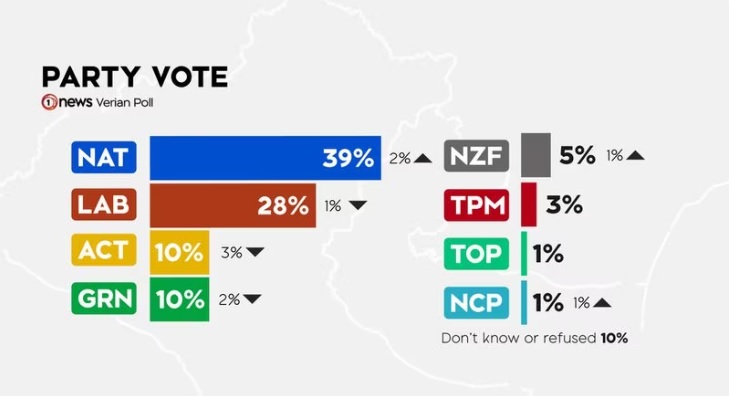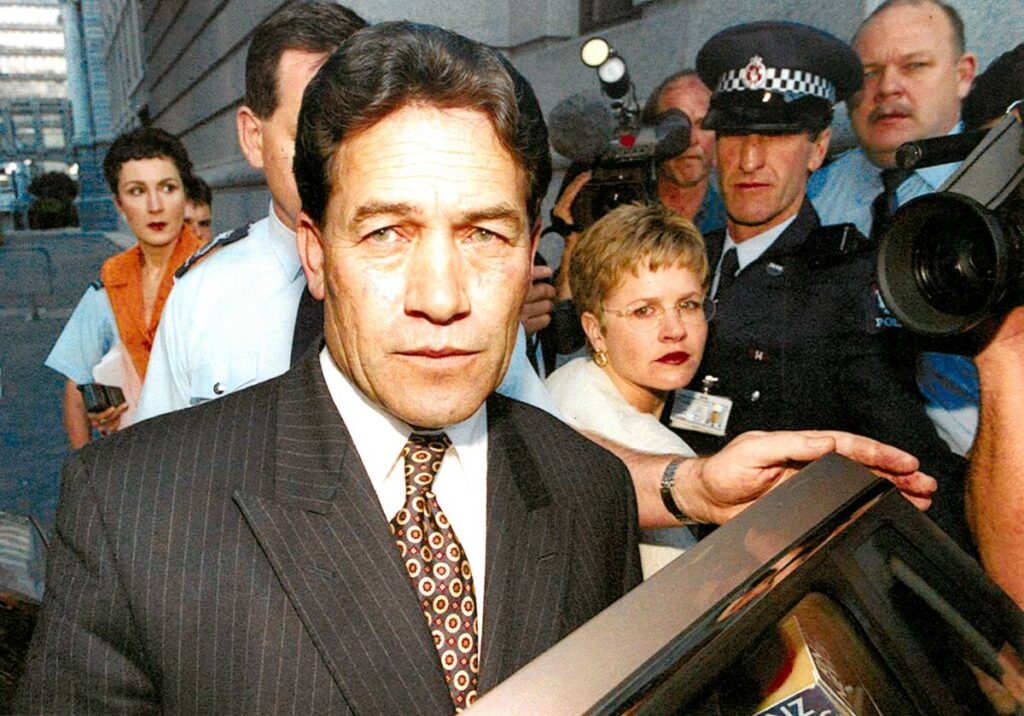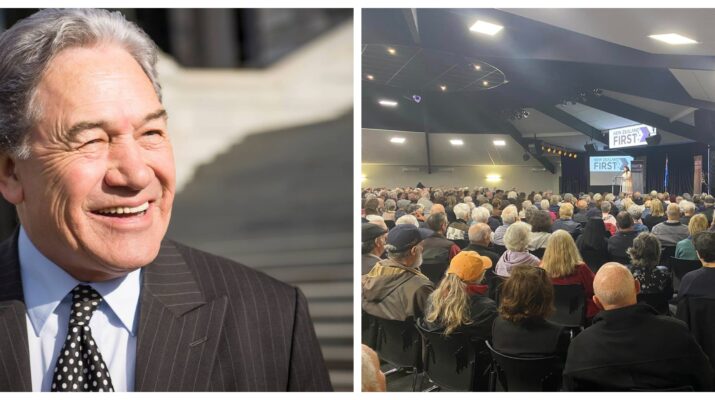The latest 1News/Verian poll showed the right-wing bloc of National and ACT further cementing their lead over Labour and the Greens, which both saw a drop in their polling numbers. Even adding Te Pāti Māori into the mix, the left bloc would still not have enough to be able to form a government.
Despite those bombshell polling movements, the biggest news of the night was the pre-eminent return of New Zealand First to Parliament after the party had polled at the crucial 5 per cent threshold. With those numbers, the party would re-enter Parliament with seven seats in the House.

This was by no means a rogue poll. The latest 1News/Verian poll joins a host of recent polls that also showed NZ First breach the minimum five per cent vote threshold needed to enter Parliament without winning an electorate. This month’s The Guardian/Essential poll put the party at six per cent while the party had 5.5 per cent support in the Roy Morgan poll released 5 September.
There is certainly plenty of reason to be optimistic for NZ First supporters, especially its leader Winston Peters. When the party exited Parliament after a disastrous result in the 2020 election, many thought the veteran politico would retire from politics entirely; now, he’s set for a comeback and might even play a key role in the next Parliament.
What changed?
The outcome of the 2020 election gave Labour a majority to govern alone. The sole hold on power emboldened the party to aggressively push for reforms its base wanted but were not particularly popular with the rest of the population.
A few examples come to mind: vaccine mandates during the Covid pandemic, the ‘Three Waters’ reforms, initiatives to achieve net zero carbon, and its persistence to implement a co-governance structure with Māori iwi (tribal) entities.

The more left-wing Greens, with an activist base, have been criticizing the Government’s lack of action on lingering social ills such as child poverty, housing unaffordability, and the rising cost of living. The problem with the Greens’ critique is that by virtue of their partnership with Labour, they have two ministers among their ranks who can effect change.
Having two seats at the decision-making table takes away the Greens’ credibility to criticize the government, while at the same time making them culpable for Labour’s faults too – being their partner.
With an unpopular Labour government, one might expect its natural rivals – the National Party – to benefit as a result. Yet the opposition party have had their fair share of struggles, and their share of the party vote in the polls has not been decisive.
In fact, National have never polled well enough to govern on their own. Their only route at retaking the government benches would be by partnering with the more right-wing ACT Party, which has threatened radical austerity measures to respond to ongoing economic woes.
Should a National-ACT government be successful, at the level ACT is polling on, the party will be able to make some strong demands from National in exchange for their support. Such a predicament would terrify middle-of-the-road voters, and those old enough to remember will be having flashbacks of the 1984 Government which had Roger Douglas – a laissez-faire purist – as its Finance Minister and made severe public spending cuts.

Voters therefore find themselves facing the possibility of either an ineffective and inept Labour-Greens duo, or a radical and inhumane National-ACT partnership, as their next government.
Confronting two possible extremes, the every day voter – who espouses no firm political philosophy nor holds any deep affinity for any party – will find themselves looking for a more stable, centrist option. This is where New Zealand First, and its leader Winston Peters, comes in.
Having formed governments previously with the National Party and most recently, with the Labour Party, NZ First has been able to cement itself as a centrist party that is able to work with both sides. It has also been widely held that a government which has NZ First in the decision-making table is one that steers clear of radical changes, opting instead for a smooth-sailing ride.
This political fact was demonstrated as recently as the previous government, when the coalition government led by then-Labour leader Jacinda Ardern were unable to pass key measures it promised to its voter base such as the introduction of a capital gains tax or hefty emissions charges on New Zealand farmers. Because of their streak in preventing significant reforms from pushing through, NZ First were given the moniker as the ‘handbrake’ in government.
Though the moniker might have been bestowed on them with a negative connotation, Peters and his party embraced this title and dubbed themselves as the handbrake for bad ideas. In short, NZ First’s legacy until now has been to preserve the status quo, which most of the country are comfortable with, and protect it from extreme strains of ideology that has permeated in New Zealand politics in recent times.
Staring at two very radical predicaments, New Zealand voters run back to NZ First in search of a handbrake on potentially dangerous reforms being ushered in by the next government. Looking at what either side of the political spectrum are offering, it’s hard to blame them for doing so.

